What is an air to water heat pump and would you benefit from installing one?
We take a look at what is an air to water heat pump, how it's different from other heat pumps and if it's right for your self-build or renovation
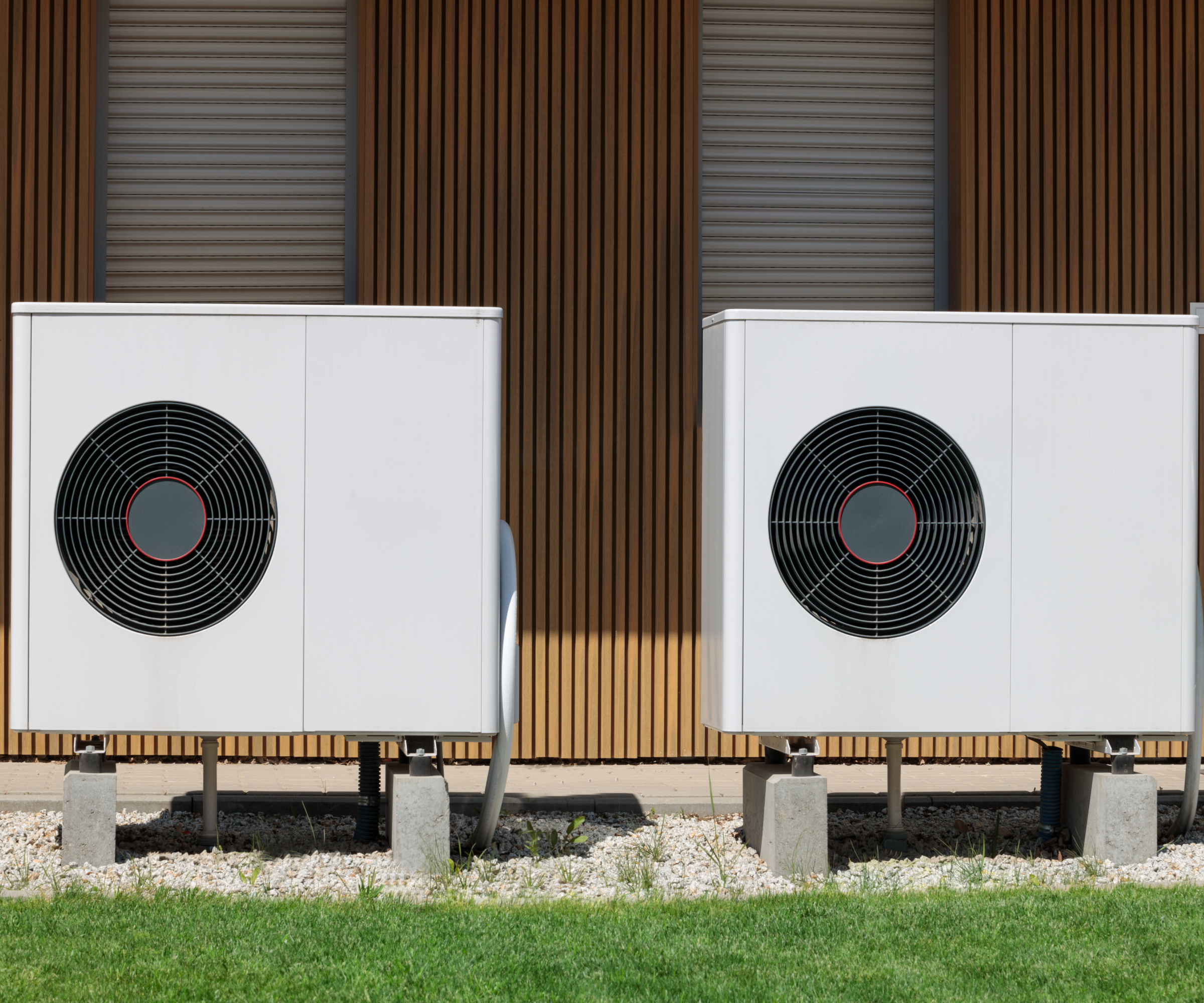
An air to water heat pump falls into the generic category of air source heat pumps.
Unlike a generic air source heat pumps which extracts heat from the air and transfers it to either air or water, an air to water pump specifically extracts heat from the air to deliver to the water in your wet central heating system or hot water cylinder.
But is it suitable for every self-build or renovation project? Expert, David Hilton offers advice on what is an air to water heat pump and how to decide if it's right for you.
What is an air to water heat pump?
When looking at how do heat pumps work, it's important to note that an air to water heat pump is not to be confused with an air to air heat pump - more commonly referred to as an air conditioning unit that can cool as well as delivering heat.
An air to water heat pump is a device that specifically creates heat for your heating or hot water system. It does not have the capacity to cool.
The key requirement for installing one is that you have, or will be using it with a water filled central heating system such as radiators, underfloor heating or fan convector radiators.
Modern alternatives such as skirting radiators, ceiling convectors or hidden embedded wall emitters can also be considered. It's also worth following the advice in is my home suitable for a heat pump before you make your final decisions.
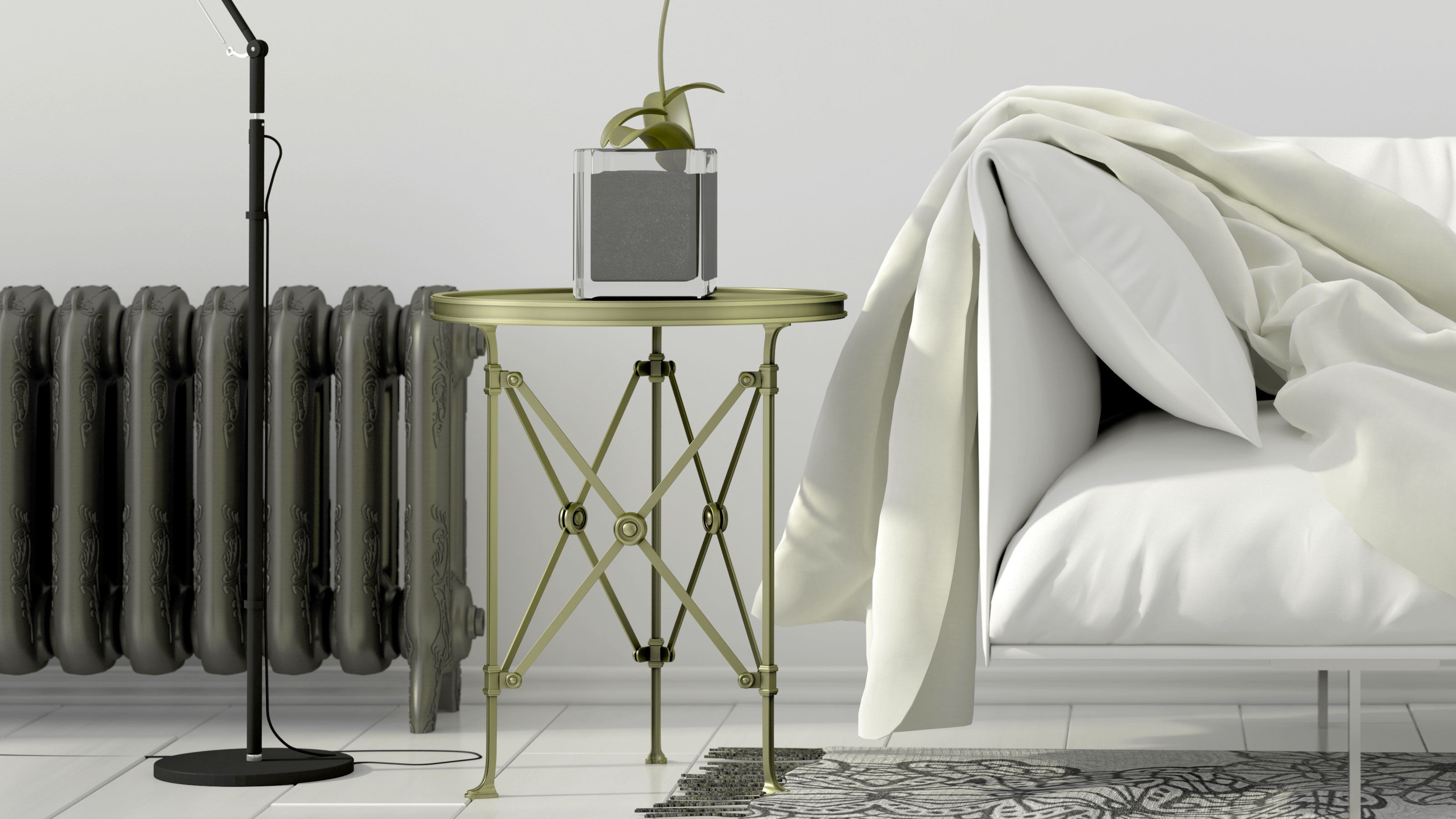
How do air to water heat pumps work?
There are a number of different versions of air to water heat pumps, including exhaust air heat pumps that only work on hot water cylinders. However, they all work in the same way by moving heat extracted from air and transferring it to water.
The most common ones will have a fan unit that sits outside the home to extract the heat from the outside air. The unit is usually up to around a metre tall and around one and a half metres long.
Essential for making the pump work effectively is to ensure there is free air space around the unit so that the cold air is not drawn back into the unit.
The action of drawing air into the fan, extracting the heat and then pushing it back out can mean the air that leaves the fan is around twelve degrees cooler than when it was drawn in.
If this air finds its way back into the fan it not only means the unit will have to work harder to heat the colder air, but can also cause problems with ice build-up when the temperatures are particularly low.

Air to water heat pump refrigerant
Not all heat pumps have the same refrigerant in them. Some refrigerants have the ability to produce higher temperatures of around 65°C and if two systems are mixed then even higher temperatures are achievable.
However, before you rush off and order a ‘high temperature’ heat pump to install in an inefficient old home, be aware that higher temperature in combination with an energy deficient home won't always achieve the best results.
It's important to remember that heat pumps do not actually create heat, they simply move heat from one place to another. An air to water heat pump moves heat from air to water. The colder the air is or the hotter the water needs to be then the less efficient the heat pump actually is.
The cost of running an air to water heat pump
Air to water heat pumps are sized and tested on a benchmark set of conditions, which in turn helps to determine whether they are cost efficient.
The most common set of conditions used is an air temperature of 7°C and water produced temperature of 35°C (also referred to as A7W35). This is when an air to water heat pump will be performing at peak efficiency.
But, if the air temperature drops below 7°C or the water needs to be hotter than 35°C then the efficiency will drop. The efficiency, known as a Coefficient of Performance (COP), is quoted as a ratio of the energy needed to run the heat pump and the heat moved by the heat pump.
As an example, if you use 1kW of electricity to move 4kW of heat then the efficiency is classed as 4 or 400%, as you are using 1kW to generate four times the heat.
However, given that energy prices are changing and the efficiency of units change, it is difficult to say precisely how much the unit will cost to run. But in general, if an air source heat pump is installed and commissioned correctly, it should currently cost around the same amount to run as a gas boiler.
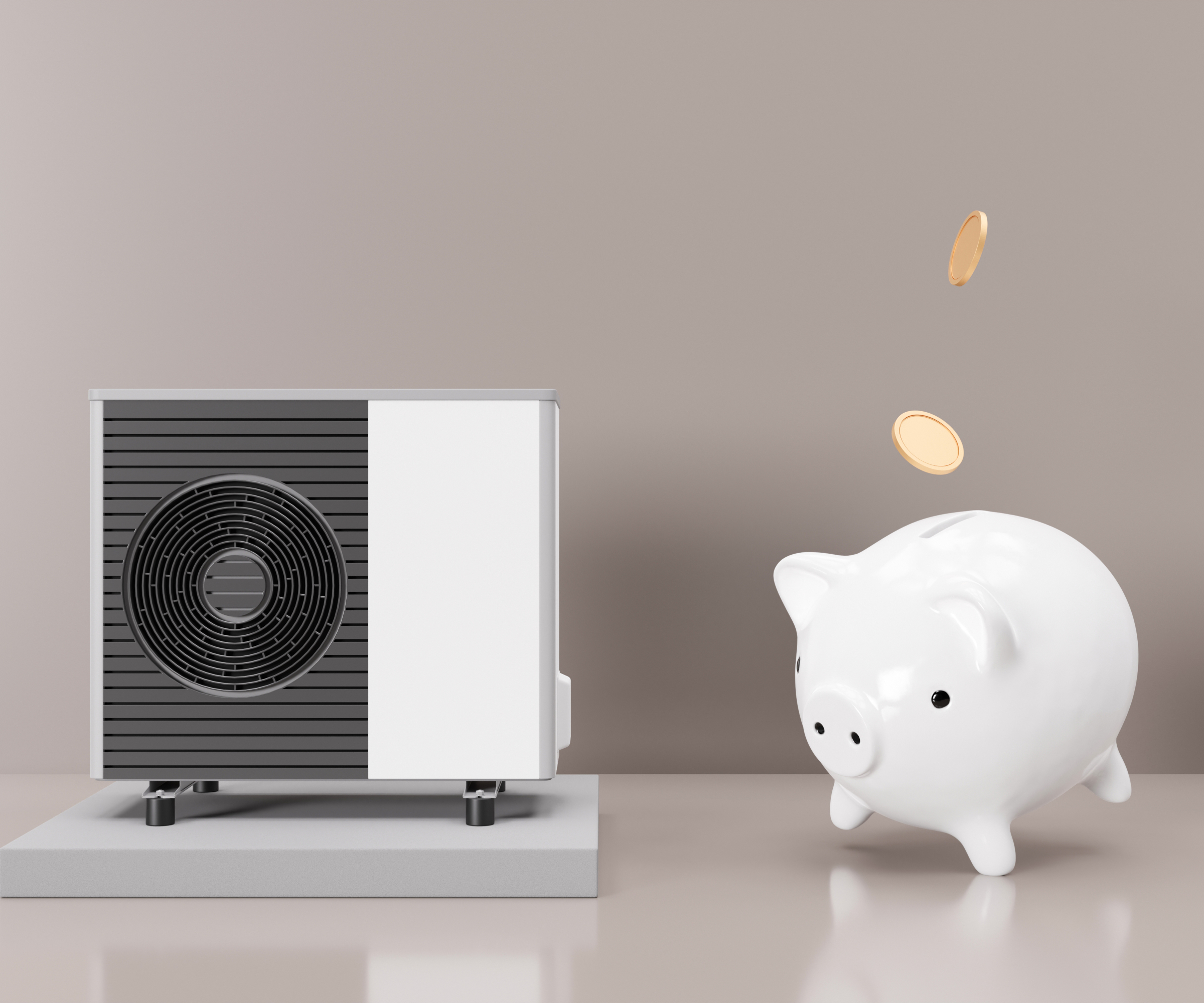
Air to water heat pumps and types of central heating
There are a number of factors to consider when it comes to weighing up whether an air-to-water pump will work in your home whether you are building from scratch or asking are heat pumps suitable for old homes.
Air-to-water heat pumps need to be balanced to match the heat pump flow and return temperatures, meaning non standard central heating pipe layouts and small bore pipework may be a limiting factor for the optimised performance of the heat pump.
There's also an issue depending on what kind of emitter you use in your home to push out the heat. Emitters are categorised as:
- Underfloor heating
- Radiators
- Fan convectors
- In-wall heat pipe convectors
- Ceiling panel systems
- Skirting heating
Air to water heat pumps and radiators
Because an air to water heat pump is best optimised when delivering low temperature water to the emitters (in this case radiators), the output of those radiators needs to be carefully calculated to make sure it will be sufficient. Radiators generally need hotter water to heat a room effectively.
To expand on this further, the heating needs of a room are based on a technical guide that specifies the kW size of a radiator needed to heat any given space.
As radiators only work effectively when there is a 50 degree difference between the temperature of the room and the temperature of the radiator, you may therefore need to oversize your radiators in order to produce the required heat.
For example, a radiator that produces 1kW of heat will only deliver its maximum 1000W heat potential if the hot water inside the radiator is 50 degrees hotter than the room. If that temperature differential drops to 40 degrees, the output will be 748W and at 30 degrees it will only offer 515W - almost 50% of it's full capacity.
Therefore adding a larger radiator or more than one per room may be required to ensure you still have enough heat the space when the temperature of the water flowing into the radiator is lower.
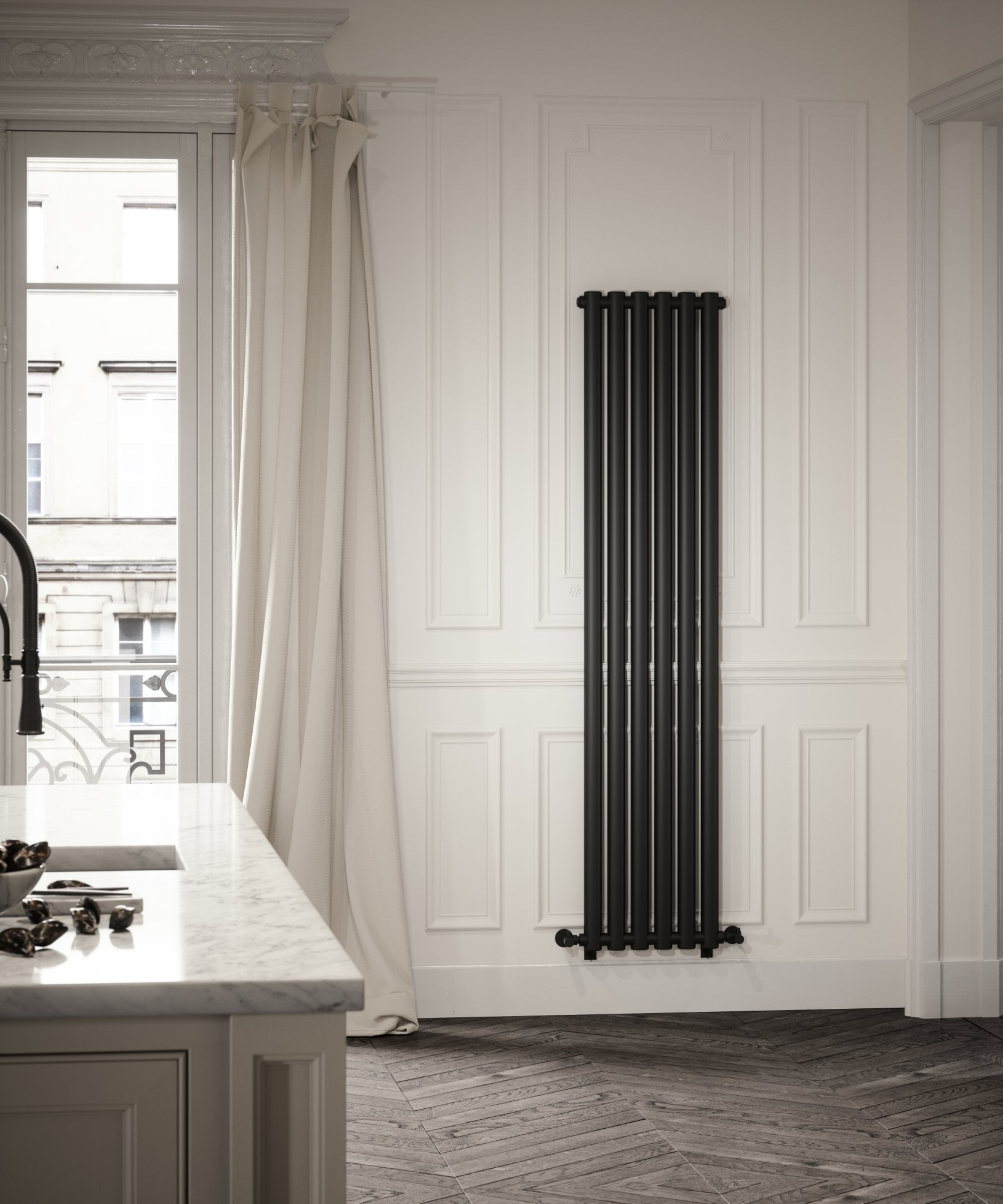
Air to water heat pumps and underfloor heating
As underfloor heating is designed to operate at low temperatures, it is generally considered a better option to use with an air-to-water heat pump - as long as you are installing it on a well insulated floor. Without the required insulation, it is unlikely to work as well.
In general, when it comes to underfloor heating, best results will also be achieved with a screed based system rather than an aluminium spreader plate method.
This is down to the fact that the closer together the pipes are in the floor and the harder the floor surface is, the better it will perform. But it's also worth nothing that screed systems can be a slower to react when you call for heat, meaning it could feel like it takes longer to warm the room.
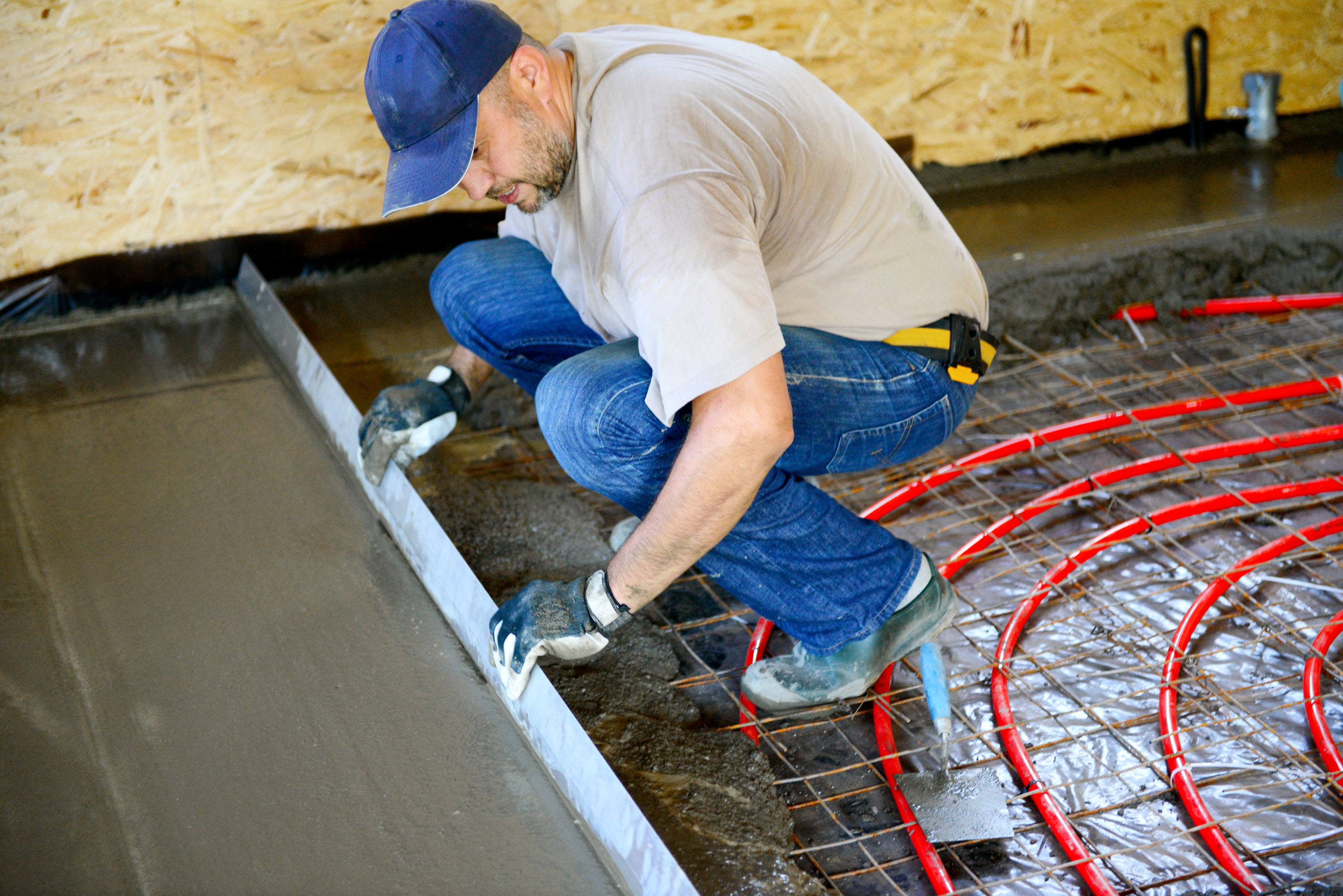
Looking to learn more? Read our guide to air source heat pump installation to get an overview of what might be involved.
Get the Homebuilding & Renovating Newsletter
Bring your dream home to life with expert advice, how to guides and design inspiration. Sign up for our newsletter and get two free tickets to a Homebuilding & Renovating Show near you.
David is a renewables and ventilation installer, with over 35 years experience, and is a long-standing contributor to Homebuilding and Renovating magazine. He is a member of the Gas Safe Register, has a Masters degree in Sustainable Architecture, and is an authority in sustainable building and energy efficiency, with extensive knowledge in building fabrics, heat recovery ventilation, renewables, and also conventional heating systems. He is also a speaker at the Homebuilding & Renovating Show.
Passionate about healthy, efficient homes, he is director of Heat and Energy Ltd. He works with architects, builders, self builders and renovators, and designs and project manages the installation of ventilation and heating systems to achieve the most energy efficient and cost effective outcome for every home.

